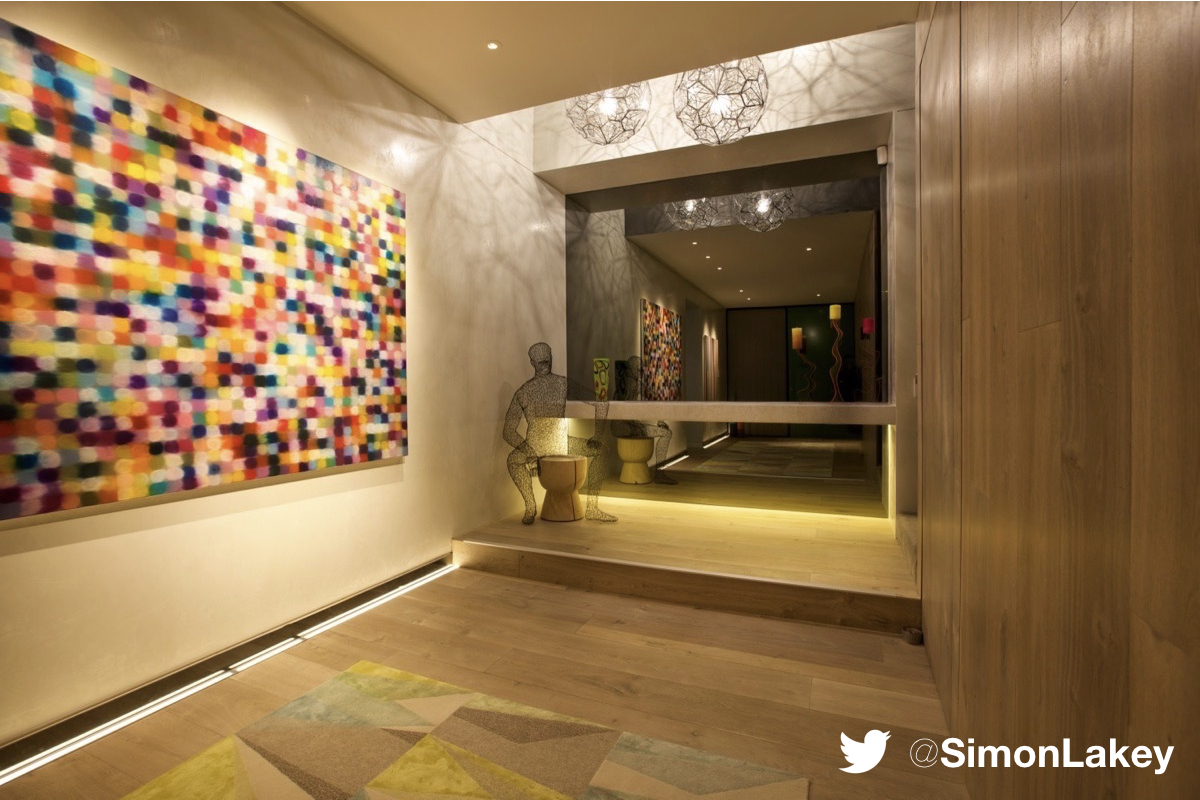
The terms Connected Home and Smart Home are often confused as being the same thing to describe a home with electronics and technology. However, they are very different – the connected home vs the smart home.
Connected home
Connect (verb): (with object) Join together so as to provide access and communication. – Oxford Dictionary
A connected home integrates multiple electronic and technology systems (e.g. lighting control, security, access control, distributed audio, distributed video, heating and cooling etc.) that are connected by a wired and wireless infrastructure, to themselves, and to the internet.
Connected home systems consist of a range of products relevant to that particular system (e.g. Lighting control system – dimmers, relays, switches, sensors etc. Security system – alarm panel, keypads, motion detectors, siren etc.).
Products and systems are connected to each other by way of a hub or gateway to provide a level of automation – Home automation.
Automation (noun): The use or introduction of automatic equipment in a manufacturing or other process or facility. – Oxford Dictionary
Automatic (adjective) 1: (of a device or process) working by itself with little or no direct human control. 2: done or occurring spontaneously, without conscious thought or attention. – Oxford Dictionary
The automation component of a connected home manages all of the electronic systems and consolidates individual functionality with unified user interfaces such as touch screens, remote controls, voice control and mobile device applications.
Connected systems are programmed to automate functions as defined scenes to provide better convenience of everyday routines. Home automation scenes might include Welcome, Goodbye, Goodnight, Good morning, and Away scenes. Typical functionality of a Welcome scene might be: When I arrive home after work, turn on the porch, entry, hall and kitchen lights, and turn on the ducted heating.
A connected home can provide fantastic convenience and automation, but by definition is not necessarily smart.
Smart home
Smart or Intelligent (adjective): (of a device or building) Able to vary its state or action in response to varying situations and past experience. – Oxford Dictionary
A smart home builds upon foundation systems and technologies of a connected home to provide a more functional, more intuitive, and more simple solution. User experience is the most considered element of a smart home.
As a progression from a connected home with manual electronic control, a smart home can also respond to various inputs such as time, occupancy, presence, ambient light, temperature, weather etc.
In a smart home, technology systems are fully integrated with the architectural form and function of the home, rather than as an add-on. Foundation technology systems (e.g. power, solar, battery storage, lighting) that are integral for a smart home are considered very early in the architectural design process to allow other systems to build upon.
Many smart home concepts and strategies may not even be regarded as typical electronic systems: Ambient, task and feature lighting are designed to blend seamlessly into the architectural form of the home to provide the right type of illumination where, when and how it is needed. A heating and cooling system is designed to compliment passive solar building design to collect, store, and distribute solar energy in the form of heat in the winter and reject solar heat in the summer. They are many other passive concepts and strategies that make a home smart.
Although similar in some ways, a connected home and smart home are very different – A connected home provides an improved level of convenience, whereas a smart home provides the ultimate user experience.
For the homeowner, it is important to understand what a home of today and the future is capable of.
For the ultimate smart home experience, let me show you how.
